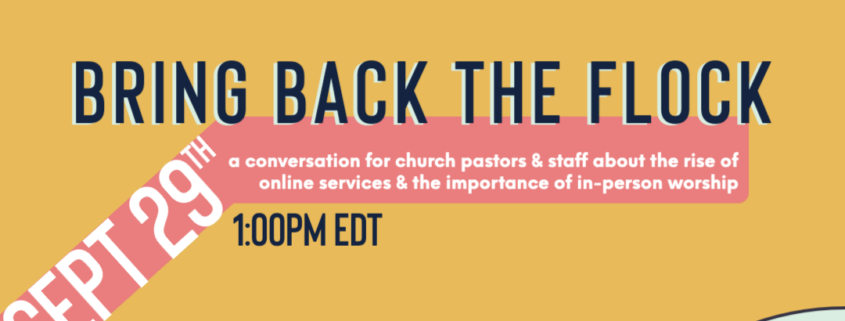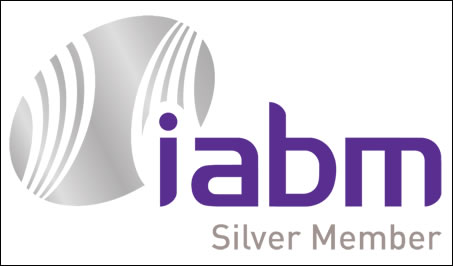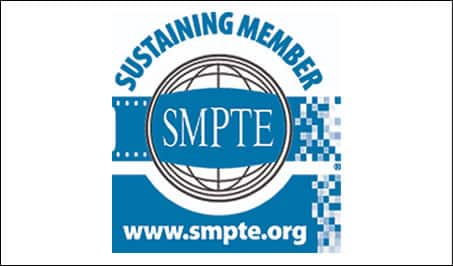How Churches Can Become More Accessible
We can all agree that churches need to be accessible. After all, the messages they share each week were intended for everyone to hear. Over time, the conversation around accessibility has evolved so the way churches adapt to become more accessible should as well. It’s vital for churches to understand what this evolved definition of accessibility truly means. Then, it’s equally important for churches to evaluate how they spread their message and to understand if they are actually developing a welcoming environment that is accessible to all and, in not, where adjustments can be made to improve overall accessibility.
How accessibility in the church has evolved.
For a very long time, accessibility mainly referred to making sure someone had physical access to a space. This could be a ramp for the entrance of your building, an elevator to access different floors, or an empty space at the end of an aisle of chairs designated for a wheelchair. Most churches in America have taken the proper measures to ensure their buildings are physically accessible for individuals with disabilities to enter. However, have they taken the proper measures to make their digital and live content fully accessible? Can their messages be accessed by the deaf and hard-of-hearing community? Are their messages available to ESL (English as a second language) individuals? Can their messages be understood in loud, noisy, or public areas?
The topic of content accessibility, especially in churches, is being discussed at an exponentially higher rate post-pandemic. Without being able to meet inside a building, many churches went online and realized that, even if their content was already available digitally, it was not easily accessible outside of ideal viewing / listening circumstances.
Each church’s strategy to create more accessible content will depend on where they’re located and what the needs of their specific community are. There is no perfect solution, but the idea here is that churches need to start making thoughtful and intentional changes towards accessibility.
Here’s an example: Spanish is the native language for 26% of Texas residents – roughly 7.25 million people. If you want to run a thriving church in Texas that is serving the local community well, there is a good chance you’ll need to make your content available in both English and Spanish. That’s why many churches in Texas have recruited staff members and created entirely separate services in Spanish. It’s one way to ensure that the message they are preaching is more accessible to their community.
These churches saw a need and they filled it.
So why have some churches not made their content more accessible to their community members? It could be because they think that making their content accessible will cost too much money. It could be that they don’t consider content accessibility to be a specific problem that affects their church community. The reason is definitely not that churches are against making their content accessible to a larger audience, but that they simply aren’t aware of affordable and simple ways to improve their content accessibility.
There are a variety of ways that are time and cost-effective for making church content more accessible. Let’s look at these options in more detail:
ASL Interpreters
The reality is that illiteracy among the deaf population occurs at a higher rate than among hearing individuals. Most children learn to read at a young age using phonics, an approach that teaches a child to match a sound with a corresponding visual syllable. While this does not stop most deaf children from learning to read, it does slow their learning progress compared to peers of the same age. If a church wants to find a way to serve their local deaf community, finding an ASL (American Sign Language) interpreter can prove to be very effective and shows a great deal of care toward that group. ASL is the language of the deaf community, just like English is the language of the United States. Finding a way to share the Gospel in their native language is the best way for your church to reach this community. For more resources you can check out Deaf Missions, a non-profit dedicated to sharing Gospel-centered content in ASL. A great example of a church already modeling this well is Brentwood Baptist in Tennessee (AKA – The Deaf Church).
Pros:
- ASL is a more commonly used language and most communities might have someone willing to volunteer to sign the services for a church
- 97% of deaf people are unchurched, proactively adding ASL interpretation to your church is a great way to reach a part of your community most likely not hearing the Gospel anywhere currently
Cons:
- While ASL is becoming more common, finding someone who is proficient enough in sign could come at a price for a church if a volunteer is not readily available
Online Captions / Subtitles
This is something that a lot of churches that stream online probably feel like they have covered. If you stream to Youtube or Facebook, they can provide automated captions for you. Unfortunately, these captions fall short of being accurate enough to be useful to anyone who needs them. Youtube only boasts an average of 60-70% accuracy on their captions which is low compared to the average of 95% accuracy that our software, SubCaptioner, can produce.
Captions also increase engagement and focus among all viewers, not just those who have a direct need for them. A recent study shows that viewers 18-25 were 4x more likely to watch a program if it was captioned or had subtitles.
Lastly, an incredibly useful thing about providing your own caption file, instead of relying on automated captions that are generated, is the SEO benefit. If you just use the automated captions that are generated, they don’t help your video get placed in front of users when searching for content like yours. When you upload your own file, YouTube can use that text to help boost your video when someone searches for the topics you are covering.
Pros:
- Caption files can be an inexpensive way to make sure your digital content is accessible
- Captions can help everyone focus on your message and retain the information longer
- Captions can increase SEO
Cons:
- Using a free option to provide captions reduces accuracy and usefulness of the captions being generated
Live Sermon Captions
This may be the option that churches are least familiar with and yet, it is probably the one they could benefit from the most. In-person church attendance has declined since churches returned to meeting together post-Covid. People have become comfortable with the idea of “attending church” in their homes. Can you blame them? They can control the volume, the temperature, stay in their pajamas, and most streams can provide captions making the content easier to digest. Some studies suggest that church capacity is only back to around 67% from what it was in 2019. While we can agree that we are not just interested in getting our numbers up when it comes to church attendance, there are benefits to attending live services that watching online just cannot provide. Live captions are a way to bridge that gap and meet people where they are while encouraging them to return to service.
Live closed captioning software helps churches to include captions with their sermons to help their congregation better understand and retain the message. Software like this is available at affordable prices and especially tailored to meet church’s unique needs. VoCaption is a great software tool that can be quickly integrated into a church’s production flow. It also requires little training for staff members. VoCaption adds captions to your church’s screens with the click of a button. While the preacher speaks, the software quickly and accurately converts their speech to text to create captions for your congregation to see.
Do you need help improving the accessibility of your church sermons?
We would love to help! Contact our team to discuss the best ways to make your sermons and online content more accessible. Adding captions to your in-person and online services is an easy way to proactively love your community and serve them well. Let’s discuss the best way to integrate captioning and subtitling softwares into your church with ease.
Watch our webinar about how churches have adapted after the COVID-19 pandemic to online services and content by following the link below.






